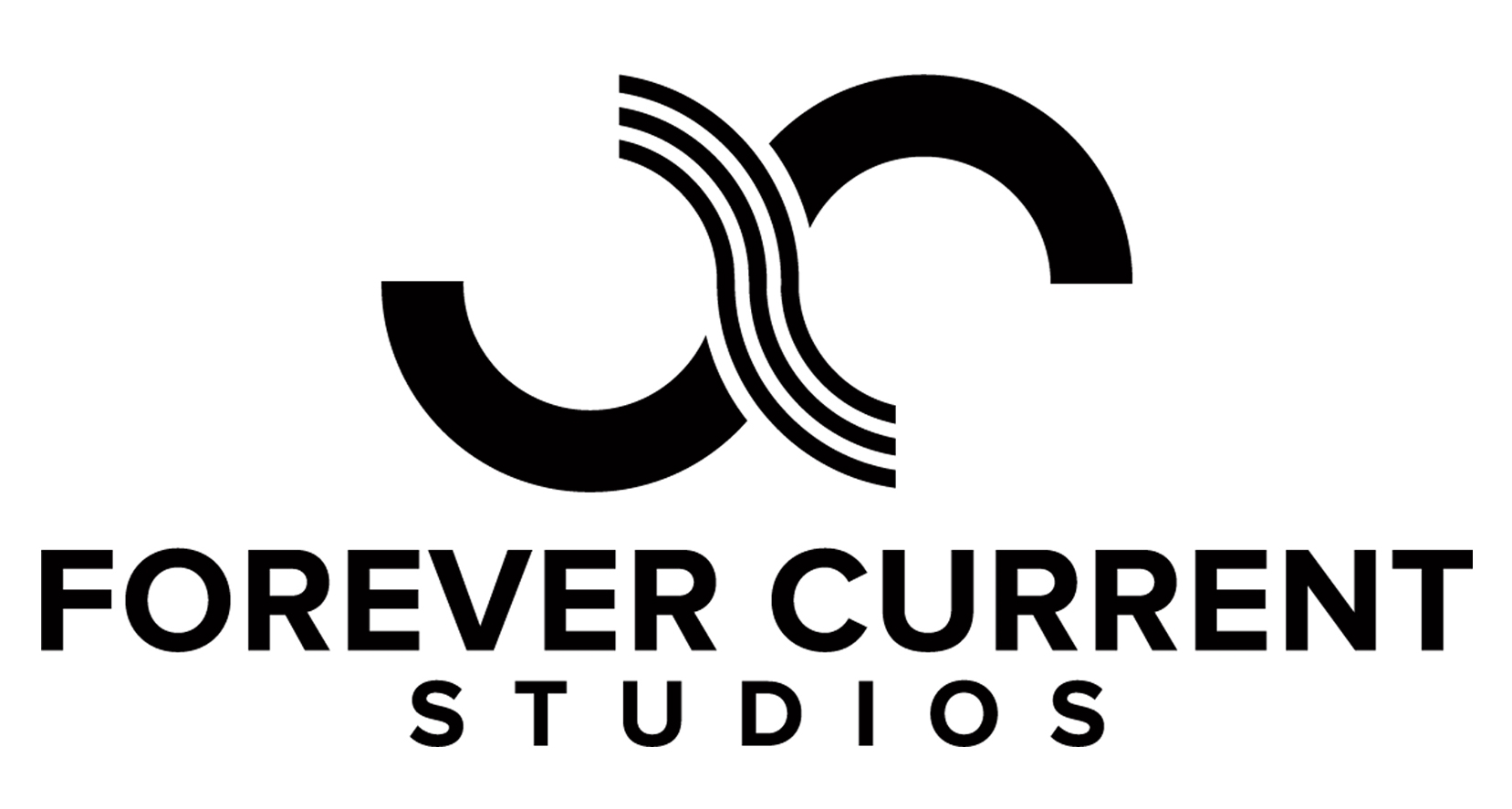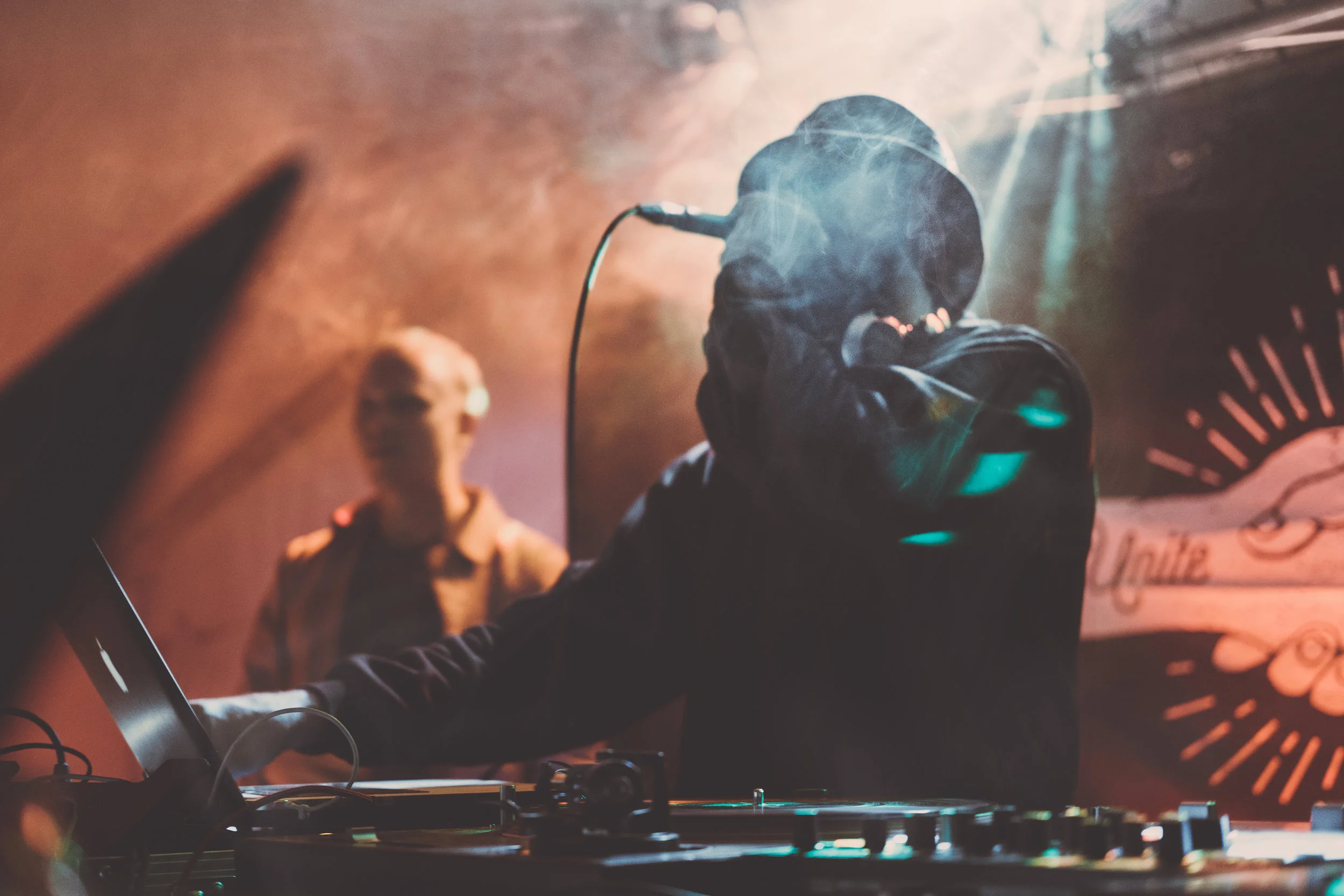Doing this can save you money
How much money do you spend on your music?
As you build your catalog, you'll end up being in the studio quite often. More studio time means more money going into making your music radio ready. To budget out to support your music career.
If you want to turn your passion for music into a career, you’ll need to know how and where to invest your limited resources.
Since we’re dedicated to uplifting the independent artist, we’ll show you one great way to save money and time, a method that could even earn you income…
Building a Home Studio
Why should you build your own home studio?
There’s many pros and few cons when it comes to building a home studio. The most important thing to realize is that a home studio is not a replacement for a professional state of the art studio. The investment is simply too large to match up with the type of gear, acoustics, and electrical engineering it takes to build a big studio.
But that’s not what we are encouraging here. A home studio is great in the same way a basketball hoop or court at home is great for a professional basketball player. Or how a gym at home is beneficial for athletes. Or how a pilot in training may have a VR setup at home to simulate real flights before taking off for real. It’s about being able to practice your craft and fixing those little areas of focus with your singing or performance, without having to pay for it at an hourly rate.
I have many clients who have started to build a home studio and it’s been great for both of us. For one, when they step in the studio for their session, they are already familiar with the direction of the song and don’t have to waste so much time trying out ideas.
My clients will even play the demo they recorded at home so that I know where the song needs to go, before they even record one line.
There's a high initial cost and a significant learning curve involved with building a home studio. Still, there are several benefits you'll encounter through the process:
Being able to step right into creation mode when it hits, no need to book an appointment just to hear your idea
Set yourself up for better studio sessions by practicing and knowing exactly how you want to sound for when you record it at a studio
Explore ideas with the production by taking the time to mess around with different sounds
Record higher quality demos and improve your first impressions
Improve your creativity and knowledge of the process
Save money in the long term by reducing your session costs
Earn money over time by offering your own services
Quick note: this section assumes you're reading this on a personal device such as a phone, a laptop, or a desktop computer. While these devices are widespread, owning one is not guaranteed. There are other methods you can explore with different equipment, but we'll focus on the most common approach. All quoted prices are at time of writing and not guaranteed.
There are three main things you need to prep: gear to record, software to edit, and a way to listen to your music.
Recording
To capture your performance, you'll need an audio interface. These allow you to route signals into and out of your microphone to your computer or phone. Make sure the interface you choose can accommodate your instruments and/or voice. This is determined by how many and what type of inputs and outputs it has. A solid new option starts around $120. One example is the Focusrite Scarlett Solo, which has one 1/4" input for instruments and one XLR input for microphones.
If you want to record vocals, you'll at least need a microphone and an XLR cable. We also highly recommend a mic stand and a pop filter. There are two most common types of microphones: dynamic and condenser.
Dynamic
Uses a metal coil to capture vibrations
More durable but more biased (less accurate to source)
Typically used for loud instruments, including snare drums, amps, and brass
Most common in live settings
Ex. Shure's SM58
Condenser
Uses a thin metal film to capture sound
More sensitive and more responsive across all frequencies
Typically used for clarity, including voices, drum overheads, and strings
Ex. AKG's P120
If you want to record anything else, you'll either use its output cable or choose an appropriate mic. There are plenty of opinions out there and deciding which option to take depends heavily on your budget and personal preferences.
A solid starter mic starts around $100. The cost of the cables depends on their length. A basic mic stand sits around $30, and a decent pop filter will cost at least $20.
You’ll also want to invest in a set of headphones to record and even mix with.
Editing
The most versatile method of editing your recorded audio is a Digital Audio Workstation (DAW). These are software hosted on your computer or phone that allow you to assemble audio files and edit them. Most also include virtual instruments that can be programmed to perform music as well. The DAW you choose will depend on your system, your budget, and your personal preference. At this point, most DAWs can do basically the same thing. Here are a few options:
Logic Pro X
Runs exclusively on Mac
Costs $199 for perpetual license and updates
Has free alternative named Garageband
Ableton Live 11
Available on Windows and Mac
Every license is perpetual and includes updates
Has several tiers of features
Lite is most limited but free
Intro is less limited and costs $99
Standard is not limited and costs $159
Suite isn't limited, comes with a ton of extra content, and costs $229
Pro Tools
Available on Windows and Mac
Offers many different payment options including subscriptions and a perpetual license that comes with a single year of updates and support
Also offers a free 30 day trial of the unlimited version
These options range from $29.99 a month to a one-time $599 fee
Studio One 5
Available on Windows and Mac
Has different tiers and a new subscription option
Prime is most limited but free
Artist is less limited and costs $99.95
Professional is not limited and costs $399.95
Sphere isn't limited, comes with a ton of extra content, and costs $14.95 a month
Make sure to do some research into the programs, how they differ, and how they're the same before investing in one. Downloading the free versions can really help you figure out which is best for your workflow.
Listening
Arguably the most important part of your setup is to be able to listen to it clearly. Without this, you'll struggle to get a solid rough mix and to know how it will sound to your audience. The best place to start is with two studio monitors, each around $150 (total of $300). A good example is the JBL LSR series. The size of the speaker will depend on the space you have. A larger cone will be more accurate, but they do take up a fair bit of space and are more costly.
The best way to choose which manufacturer and model you want to buy is to listen in person, read reviews, and watch comparison videos online.
One thing to keep in mind is also your acoustic treatment in your room. A bad room can make even the best speakers sound just mediocre. There are affordable options for room treatment. Or you can also explore headphone options, where the room you record in won’t affect what you hear.
It's a serious investment that can help your career bloom, so make sure you have your budget planned ahead of time.
This can be a lot, so if you need help navigating your budget and the rest of your career plans, we've got the perfect companion for your quest!
Forever Current's Label Release Checklist Workbook explores the entire process of releasing a song, including the creation and production process as well as the budgeting behind it. Investing in this book before things kick off is a great way to make sure you can build a sustainable career.
Let us know you want one!
https://www.labelreleasechecklist.com/
And don't forget, Forever Current is here with you!

